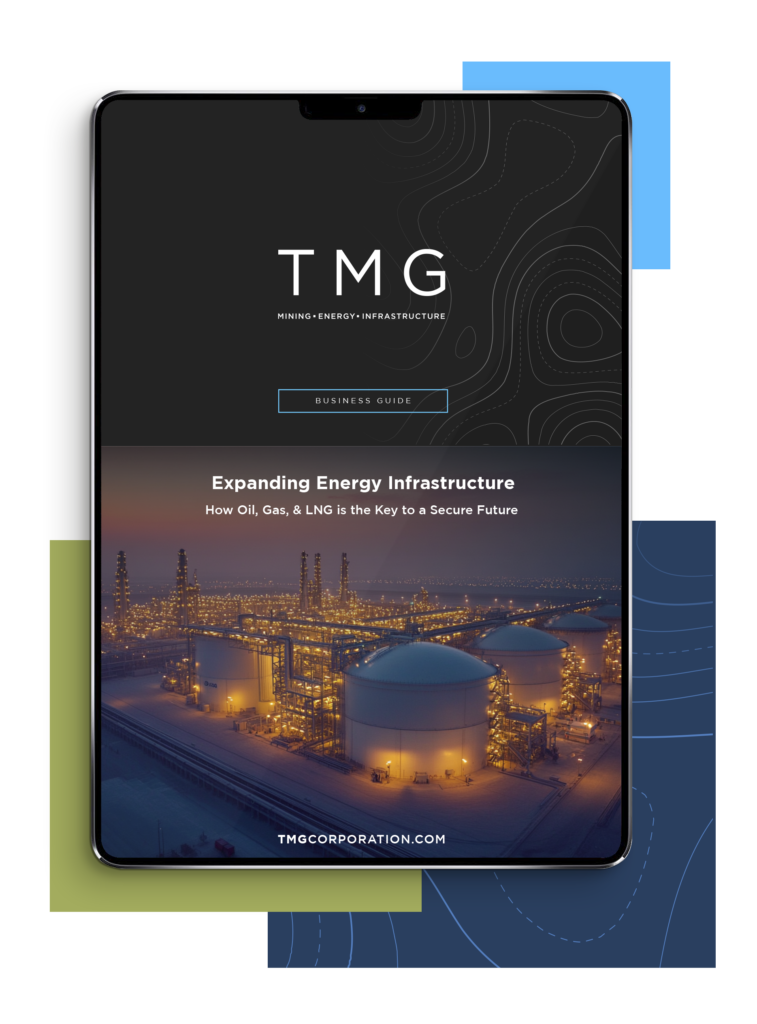Call Us Today: +1 866 205 2414
The push for a renewable energy future is stronger than ever. Governments, corporations, and advocacy groups continue to push for rapid decarbonization, citing advancements in solar, wind, and battery storage as the future of global energy. Yet, despite the enthusiasm surrounding renewables, the realities of energy production, consumption, and infrastructure tell a more complicated story. While renewables are an essential part of the future energy mix, they cannot replace traditional oil and gas at the scale needed to support modern economies.
The challenges of energy transition are often overlooked in discussions centered on sustainability. Intermittency, grid stability, industrial energy demands, and the staggering costs of infrastructure transformation present formidable obstacles. Countries that have aggressively pursued renewables without sufficient backup systems have faced economic and energy crises, proving that an all-renewable approach is neither practical nor sustainable in the near term.
One of the most significant barriers to a complete renewable transition is intermittency. Unlike oil and gas, which provide consistent, on-demand energy, renewable sources such as solar and wind are inherently weather-dependent. The sun does not always shine, and the wind does not always blow—making these sources unreliable without large-scale energy storage solutions that remain technologically and economically unviable at the required scale.
Battery storage, often presented as the solution to intermittency, is still in its infancy. While advancements in lithium-ion and alternative battery technologies continue, current storage capacities cannot sustain power grids reliant on renewables alone. The high cost of battery storage and the resource constraints associated with materials like lithium, cobalt, and nickel further complicate large-scale deployment.
Grid reliability is also a significant concern. Countries with high renewable penetration and weak backup systems have experienced rolling blackouts, energy shortages, and skyrocketing electricity costs. Germany, which aggressively pursued renewables while phasing out nuclear and coal, faced a 5x increase in electricity costs over a decade due to its reliance on intermittent power and imported natural gas. Without sufficient baseload power sources, energy grids become vulnerable to extreme weather events, seasonal fluctuations, and supply chain disruptions.
Renewables may power residential homes and office buildings, but heavy industries, aviation, and shipping rely sincerely on high-energy-density oil and gas fuels.
Petrochemicals derived from oil and gas serve as essential feedstocks for plastics, pharmaceuticals, fertilizers, and countless other products. Even in a decarbonized future, demand for non-combustion uses of fossil fuels will persist, reinforcing the necessity of continued oil and gas production.
Transitioning to a fully renewable energy system requires a complete overhaul of existing energy infrastructure, which is expensive.
Upgrading power grids to accommodate variable renewable inputs requires new transmission lines, energy storage systems, and grid-balancing technologies. Rural and underdeveloped regions face even more significant challenges, as their infrastructure is already ill-equipped to handle large-scale electrification projects.
Many countries find that transitioning too quickly comes at a high economic cost. The United Kingdom, once a leader in renewable energy expansion, faced a 10x increase in natural gas imports after failing to develop sufficient domestic energy storage for intermittent renewables. Similarly, California’s aggressive renewable push resulted in frequent energy shortages, forcing the state to reopen natural gas power plants to stabilize the grid.
Developing economies face an even steeper challenge. Countries in Africa, South America, and Southeast Asia require affordable and scalable energy solutions to lift populations out of poverty. Oil and gas remain the most accessible and cost-effective energy sources in these regions, making premature transition an economic and humanitarian risk.
Several countries are cautionary examples of what happens when energy transition outpaces energy security.
These case studies emphasize the importance of balanced energy planning—incorporating renewables while maintaining a stable foundation of oil, gas, and nuclear energy.
The future of energy must be diverse, reliable, and scalable. While renewables are essential in reducing emissions and expanding energy access, they cannot replace oil and gas in the near term without causing economic, industrial, and geopolitical instability.
A pragmatic approach to energy transition must focus on:
The energy transition is a complex challenge that requires strategic planning, realistic expectations, and diversified investment. Oil and gas will remain a cornerstone of global energy systems for decades, and their continued development—alongside renewables—will be essential to maintaining economic stability and energy security.
Contact TMG today to learn how we help businesses navigate the complexities of energy transition with strategic solutions tailored to their needs.

To gain deeper insights into this critical discussion, download the latest business guide, The Reality of Energy Transition: Why Oil & Gas Still Matter.

President
Kenny MacEwen is President of TMG and a senior execution leader with over two decades of experience delivering complex projects across the mining, energy, and infrastructure sectors. With a foundation in mechanical engineering and a track record spanning both Owner and consulting roles, Kenny has led multidisciplinary teams through all phases of the project lifecycle—from early studies and permitting support through detailed engineering, construction, and commissioning. His experience includes overseeing large-scale programs at New Gold and Centerra Gold Inc., where he aligned technical, commercial, and operational objectives across high-value global portfolios.
At TMG, Kenny leads the integration of project delivery frameworks that support Owner-side governance, stakeholder engagement, and cross-functional execution. He is deeply involved in developing workface planning models, ensuring interface risks are actively managed, and advancing readiness strategies that position assets for seamless transition to operations. His leadership extends across EPC coordination, budget stewardship, and the application of risk-adjusted scheduling tools to maintain project momentum. Kenny is recognized for fostering team cohesion in high-pressure environments while ensuring technical rigor and delivery accountability remain front and center.